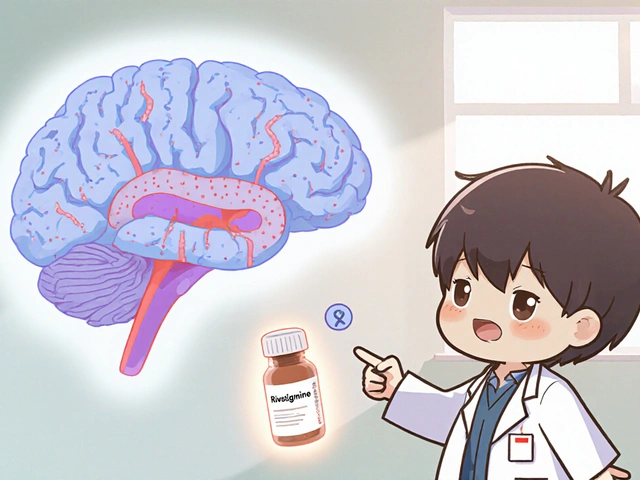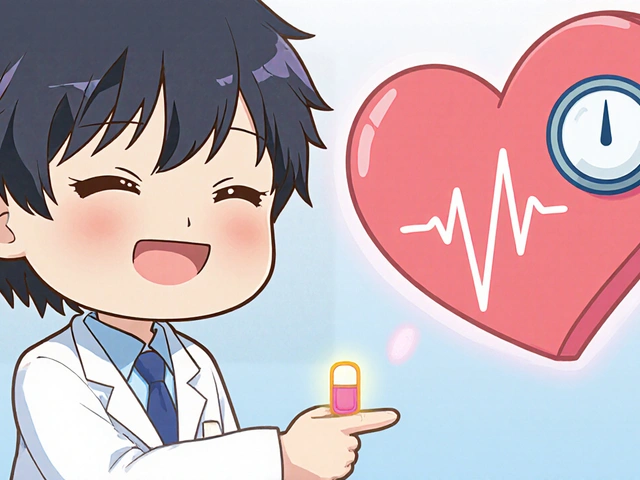Dry Mouth: What It Is and How to Fight It
Dry mouth, also called xerostomia, happens when your mouth doesn’t make enough saliva. You might notice a sticky feeling, trouble swallowing, or a sore throat that won’t go away. The lack of moisture can make talking, eating, and even smiling uncomfortable.
Most people think only older adults get dry mouth, but it can affect anyone. Certain medicines, like antihistamines, blood pressure pills, or antidepressants, often shrink saliva flow. Health conditions such as diabetes, Sjögren’s syndrome, or a recent infection can also be culprits. Even breathing through your mouth while you sleep can leave you waking up with a parched tongue.
Quick Ways to Boost Moisture
First, sip water throughout the day. A small glass every hour keeps your mouth hydrated without overloading your bladder. Sugar‑free gum or lozenges stimulate the glands to produce more fluid – look for those with xylitol for extra cavity protection.
Don’t forget the simple habit of breathing through your nose. If you snore or have nasal congestion, try a saline spray or a humidifier at night. Adding a bit of moisture to the air can keep your throat from drying out while you sleep.
When to Look for Professional Help
If you’re constantly battling dryness, talk to your doctor or dentist. They can review your medication list and suggest alternatives or dosage changes. A prescription saliva substitute or a fluoride rinse may be recommended to protect teeth, which are more vulnerable when saliva is low.
Dental visits become even more important with dry mouth because plaque can build up quickly. Ask your dentist about extra cleanings or a special mouthwash that fights decay without causing more dryness.
In summary, dry mouth isn’t just an annoyance – it can affect nutrition, speech, and oral health. By staying hydrated, using sugar‑free gum, managing breathing habits, and seeking professional advice when needed, you can keep the feeling at bay and protect your smile.
How Dry Mouth Affects Your Taste Buds and Appetite

Dry mouth can dull taste buds, shrink appetite, and trigger cravings. Learn why it happens, how it impacts eating, and simple steps to restore flavor and hunger.
read more



